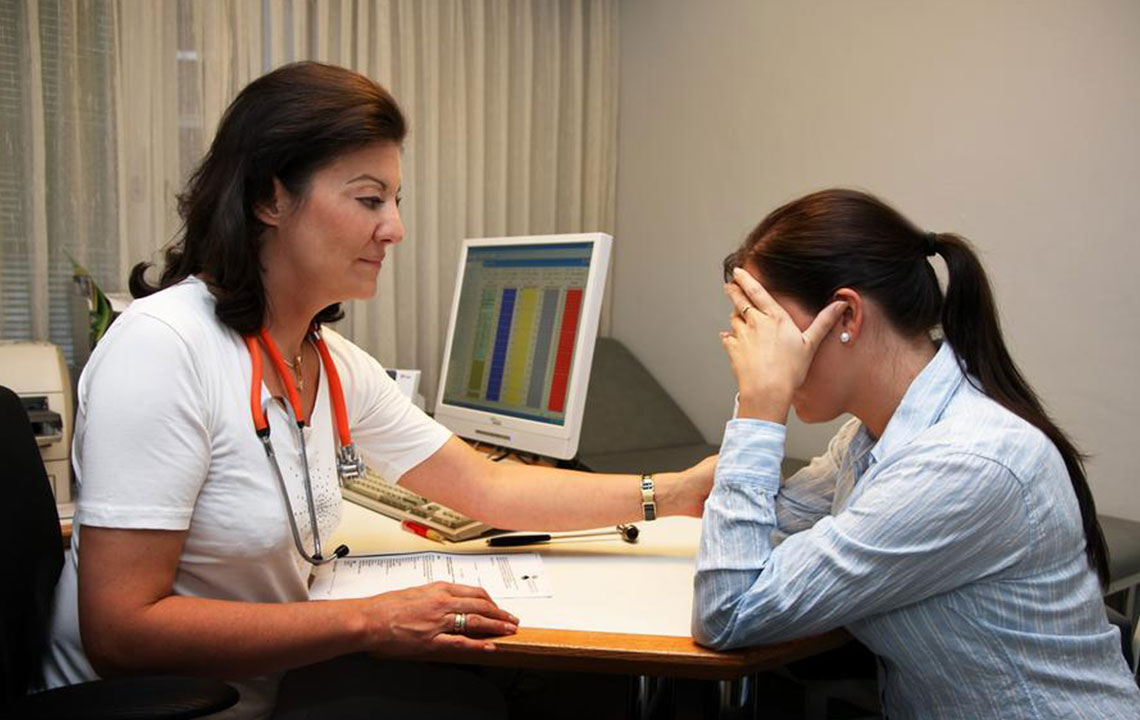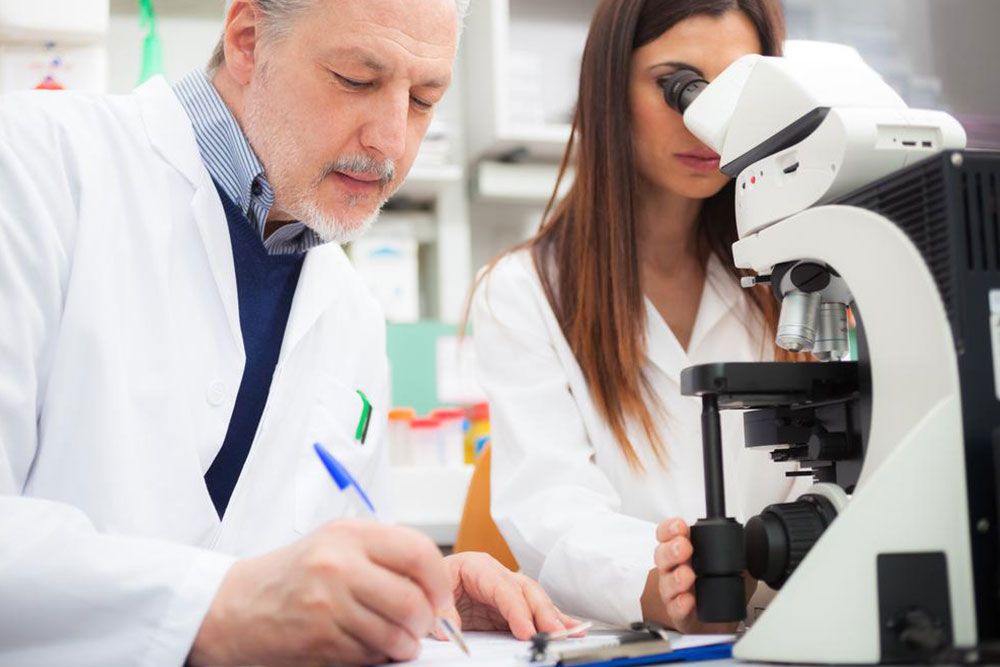Cancer Insights: Comprehensive Guide to Causes, Symptoms, and Treatment Strategies
This comprehensive article explores the causes, symptoms, and treatments of cancer, emphasizing early diagnosis and recent advances in targeted therapies. It highlights key risk factors like smoking, environmental exposures, and UV radiation, while discussing symptoms such as lumps and abnormal bleeding. The piece stresses the importance of early detection for successful treatment outcomes and reviews traditional and emerging treatment options including surgery, chemotherapy, radiation, targeted therapy, and immunotherapy. Understanding these aspects is vital for awareness, prevention, and effective management of cancer, contributing significantly to public health knowledge.

Understanding Cancer: Causes, Symptoms, and Modern Treatment Approaches
Cancer is a complex group of diseases characterized by the uncontrolled growth and spread of abnormal cells within the body. These rogue cells can invade nearby tissues and, if unchecked, can metastasize to distant organs through the bloodstream or lymphatic system, posing significant health risks. The development of cancer involves a multitude of genetic and environmental factors that trigger abnormal cell proliferation. This comprehensive guide explores the fundamental aspects of cancer, including its causes, warning signs, diagnostic methods, and the latest treatment options designed to improve patient prognosis and quality of life.
At its core, cancer begins when normal cellular mechanisms for growth and division malfunction due to genetic mutations. These mutations often result from damage to DNA caused by external carcinogens or internal vulnerabilities. The affected cells multiply uncontrollably, forming tumors—massive accumulations of abnormal cells. Not all tumors are malignant; some benign growths pose less threat but can sometimes transform into malignant ones over time. The distinction between benign and malignant tumors is vital for determining the appropriate treatment strategy.
Understanding metastasis—the process by which cancer spreads—is crucial for effective management. Once a tumor becomes malignant, cancer cells gain the ability to invade surrounding tissues, enter blood vessels, and establish secondary growths elsewhere in the body. This capability significantly complicates treatment and reduces survival rates, emphasizing the importance of early detection.
Key Causes and Risk Factors Contributing to Cancer
Smoking: Tobacco products contain thousands of harmful chemicals that damage lung tissue and significantly increase the risk of lung cancer. Smoking is also linked to cancers of the mouth, throat, esophagus, pancreas, and more.
Industrial and Environmental Exposure: Prolonged contact with hazardous chemicals found in industries such as rubber manufacturing, asbestos, or chemical processing plants raises cancer susceptibility.
Alcohol Consumption: Excessive alcohol intake is associated with cancers of the liver, mouth, throat, and esophagus. Alcohol acts as an irritant and can facilitate carcinogen absorption.
Ultraviolet (UV) Radiation: Extended exposure to UV rays from the sun or tanning beds damages skin cells and is a primary cause of skin cancers, including melanoma.
Occupational Hazards: Contact with specific chemicals used in furniture manufacturing or other industries can increase long-term cancer risks.
Air Pollution and Carcinogens: Diesel fumes, exhaust gases, and combustion byproducts contain carcinogenic compounds that can contribute to respiratory and other cancers.
Radiation Exposure: Ionizing radiation from sources such as gamma rays, X-rays, or nuclear materials can damage DNA and promote cancer development.
Recognizing the Symptoms of Cancer
Cancer symptoms often vary depending on the type and stage but commonly include persistent coughing, unexplained weight loss, fatigue, and normal tissue changes. Specific signs for early detection include:
Unusual lumps or thickening in breasts or other tissues
Persistent cough or hoarseness
Changes in bowel or bladder habits
Blood in urine or stool
Unexplained pain or discomfort in certain areas
Persistent skin changes or new moles
Recognizing these signs early and seeking prompt medical testing can significantly improve treatment outcomes.
Diagnosing and Staging Cancer
Accurate diagnosis involves a combination of physical examinations, imaging tests (like MRI, CT scans), blood tests, and biopsy procedures. Once confirmed, staging determines the extent of spread, guiding treatment planning. The staging process assesses tumor size, lymph node involvement, and metastasis, ultimately influencing prognosis and therapeutic choices.
Current and Emerging Treatment Strategies
Advances in cancer treatment have transformed patient care. Traditional methods include surgical removal of tumors, chemotherapy, and radiation therapy. These approaches aim to eradicate or control malignant growths effectively. However, the future of cancer care increasingly relies on targeted therapies and immunotherapy, which focus on biological pathways specific to cancer cells, reducing damage to healthy tissues.
Surgical intervention remains a cornerstone, especially for localized cancers. Chemotherapy uses potent drugs to kill dividing cells; however, it often comes with side effects. Radiation therapy employs high-energy beams to destroy cancer cells at precise locations. Recent innovations include personalized medicine, which tailors treatments based on genetic profiling, and the use of monoclonal antibodies and checkpoint inhibitors to boost immune responses against tumors.
Ongoing research continues to uncover new diagnostic markers and therapeutic targets, promising more effective and less invasive options for patients in the future. Early detection, combined with advanced treatment modalities, improves survival rates and enhances the quality of life for cancer patients worldwide.





